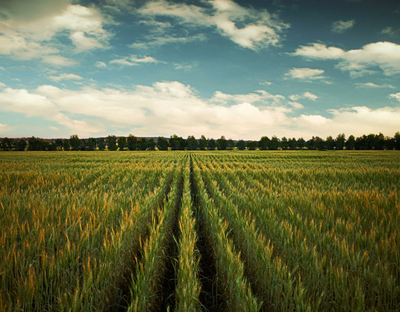Landholders continue to warm to carbon sink opportunities
Carbon sink operator CO2 Australia experienced a surge of interest in June from landholders wanting to find out more about the Carbon Farming Initiative (CFI). Now that the carbon tax and CFI are officially in operation, CO2 Australia predicts a further increase in enquiries from landholders wishing to participate in the scheme.

Last year, enquiries about the CFI from landholders were up by 681% and interest has remained strong in the first half of this calendar year. In June, interest was boosted by a series of workshops hosted by CO2 Australia and the Central West Catchment Management Authority to assist landholders to understand the CFI.
“Carbon farming has the potential to deliver a new income source for farmers and can also deliver broader environmental objectives. Landholders from across Australia are contacting us wanting to know more about the CFI and whether they are eligible to take part in this program,” CO2 Australia land acquisition manager Mark Ritchie said.
While it was hard to predict the level of interest in the CFI in the coming months, Ritchie said he was encouraged by June’s results. “While it’s only been a few days into July, early indications are that the upward trend will continue.
“By partnering with CO2 Australia, landholders have the opportunity to improve their properties through the planting of carbon sinks and receive other benefits under the CFI legislation. The carbon credits generated by carbon sinks on their property are then on-sold to clients of CO2 Australia,” Ritchie added.
Now that the carbon price has come into effect, the big emitters must offset their emissions and CO2 Australia has access to blue-chip clients who want to reduce their carbon emissions liability.
CO2 Australia Managing Director Andrew Grant said carbon farming was an economically viable way for landholders to improve the value of their properties.
“There may be an area on the farm that landholders want to convert to trees, it might be shelter belts, non-productive paddocks, creek lines or degraded areas, rather than valuable agricultural land. If the project’s big enough you can bring it to account under this scheme and generate revenue by creating carbon credits,” Grant said.
CO2 Australia has more than 26,400 ha of carbon sink plantings (equating to more than 39 million trees) under its management across the country, plus 3500 ha of protected remnant native vegetation. It is the largest provider of dedicated carbon sink plantings in Australasia and is said to be the most experienced operator in the sector.
The minimum landholding set aside for environmental planting is 50 ha and the life of the agreement is usually 100 years, which gives certainty to the amount of carbon which will be sequestered from the trees. The CFI allows landholders to participate in carbon reduction projects covering environmental plantings, savannah burning, landfill gas management and manure management.
There are also a number of carbon reduction methodologies under consideration for landholders. If landholders have a good idea to reduce emissions then the CFI is a mechanism for them to innovate and bring that idea to fruition.
CO2 Australia has been operating since 2004 and was the first organisation to achieve accreditation for reforestation projects under both the NSW Greenhouse Gas Reduction Scheme and the federal government’s former Greenhouse Friendly Program.
Making the national electricity market fit for purpose
The Australian Government has commenced a review into how Australia's largest electricity...
$14 million boost for sustainable concrete research
SmartCrete CRC is co-funding six research projects that aim to advance Australia's concrete...
Insurance sector digs into impact of mandatory climate reporting
Businesses are being encouraged to prepare for the impact of mandatory climate disclosure in...









